To understand some of the real-world challenges of decarbonization, ClearPath and LucidCatalyst collected a database of all county-level wind ordinances in Iowa. We then conducted a detailed geospatial downscaling analysis of the Princeton Net-Zero America Project (NZAP) 2050 wind energy projections for each county in Iowa, applying each county’s setback requirements and standards. We qualitatively considered transmission and interconnection issues that could limit clean energy growth of all varieties. Ultimately, the wind development challenges in Iowa are common across the U.S. and should be incorporated into deep decarbonization modeling and clean energy policy.
NZAP’s Wind Capacity Projections for Iowa.
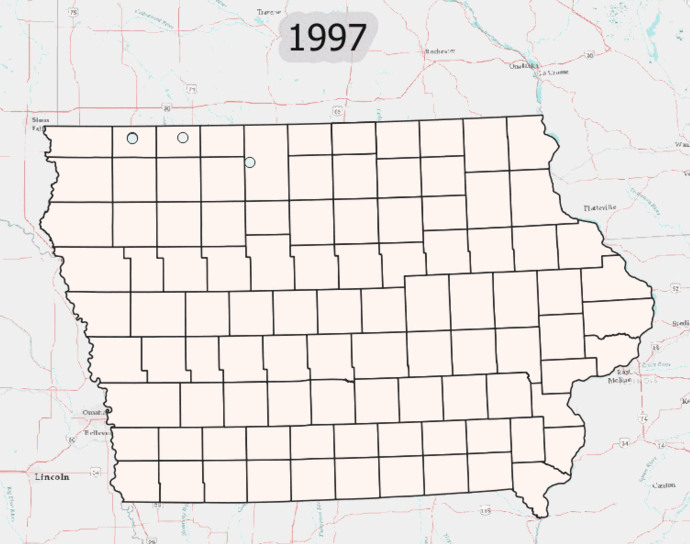

Sources: EIA Form-860 Data (February 2022); NZAP (2021); Iowa DNR (2020); ClearPath Iowa Wind Ordinance Database
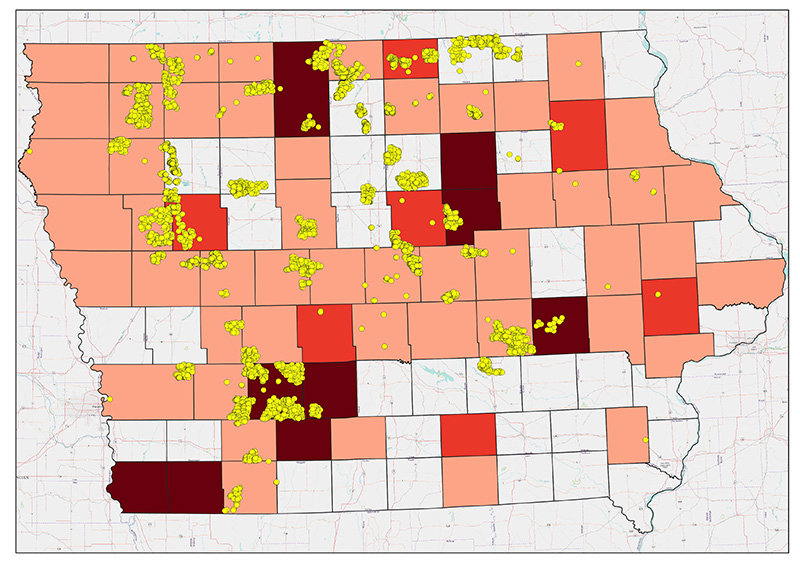
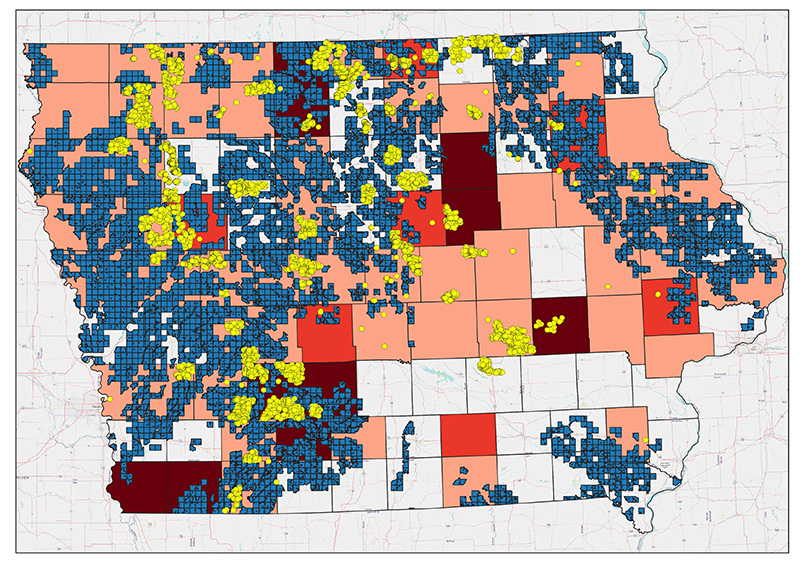

SSources: EIA USWTDB (2021); NZAP (2021); Iowa DNR (2020); ClearPath Iowa Wind Ordinance Database

Maintain Net-Zero Optionality
Tailor Policy to Supportive Communities
Reimagine Existing Infrastructure
